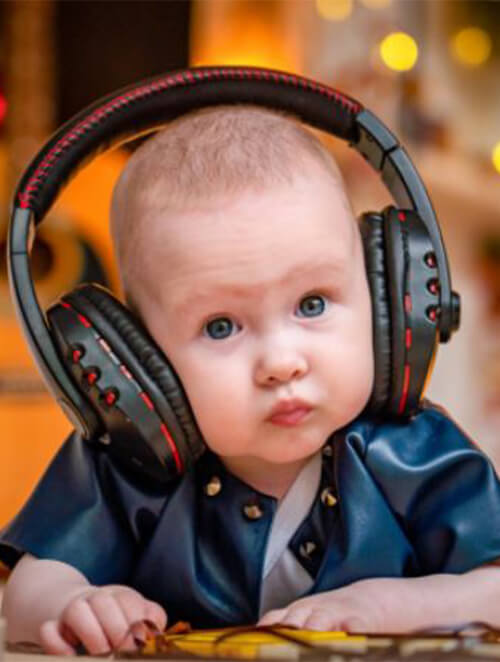Child abuse and Neglect : How to spot the sign and make a difference
 16800
16800

super easy
While child abuse is regularly associated with an activity, there are ample instances of inaction that cause hurt, such as neglect. Usually, families having members under the ill effects of liquor, substance abuse, or anger issues recount higher events of child abuse in contrast to the families. A National Crime Record Bureau (NCRB) report implies that a sum of 109 youngsters was sexually abused daily in India in 2018, a sharp jump of 22 percent from the previous year. In other terms, 32,608 cases were reported in 2017, while 39,827 cases came to the notice in 2018 under the Protection of Children from Sexual Offenses Act (POCSO). What if I tell that roughly one out of every 20 children is physically/sexually abused every year. It’s shocking, isn’t it? Results of child abuse can bring about both short and long-haul injuries, or even cessation. A few children might also be unconscious that they are preys of child abuse. Hence, you must understand what child abuse is, how to spot it early, and its remedies. And for this, I have jotted down this article. So, without any ado, let’s start.
What is child abuse and neglect?
Child abuse arises when somebody caring for a kid offends his/her emotions or body. It can occur to both girls and boys in any family. Frequently, hurting sentiments (or enthusiastic injury) keep going long after the body has recuperated. Knowing the risks of this abuse and what to do on the off chance that you speculate it is critical to safeguarding your children. Contrarily, neglect is when an adult doesn’t do what is expected to deal with a kid. This implies not giving the kid enough food, lodging or garments, clinical consideration, guard, affection, tutoring, etc.
What Are the Types of Child Abuse?
Child abuse is classified into the following categories.
1. Physical abuse
It occurs when a kid’s body is harmed by hitting hard with a hand or an item like a belt that can leave wounds or cuts. Shaking, pushing, stifling, punching, snatching, and kicking likewise fall under physical abuse.
2. Sexual abuse
It’s sexual contact or non-contact sexual exercises (like taking or sharing sexual photographs and sexual talk) between: ● an adult and somebody youthful than 18, ● a youngster or a high schooler and a younger kid, ● one individual who has control over another, regardless of their age. Most instances of sexual abuse include a family’s kin who abuses the kid’s trust. This way, the kid is constrained, offered endowments, or requested to keep everything a secret, and so on.
3. Emotional abuse (or mental abuse)
This emerges when adults caring for a kid, judge, compromise, or reject children or youngsters, retaining love, so the kid feels awful about themselves.
4. Substance abuse
Substance abuse occurs when an adult under the influence of drugs or liquor impairs a kid in any way. It can make adults neglect or physically hurt a child. In certain states, it’s child abuse if: ● adults let a youngster drink liquor or consume unlawful medications, ● adults make, take, or sell unlawful medications within sight of a youngster, ● a lady utilizes prohibited medications while pregnant.
5. Medical abuse
It is when someone subjects a kid to a lot of unwanted clinical care, for example, prescriptions, appointments, medical procedures, or lab tests.
Also Read: How to keep your kids safe?
How to point out if the child is a victim of child abuse?
Studies show that kids make some hard memories shouting out about abuse. So, knowing the indications of child abuse can benefit a lot. The following are the most common signs of a kid being abused: ● Have wounds, particularly in places that don’t get wounds from play, ● Have stories to clarify the cause of wounds that don’t point well or continue changing, ● Have no desire to return home, even at night, ● Abstain from being with the abuser and others, ● Give indications of emotional injury, similar to anxiety, outrage, or inconvenience identifying with or confiding in others, ● Is bleak, ● Hurt themselves through sharp objects like blade or knife, ● Experience bad dreams or difficulty while resting, ● Experience difficulty in focusing, or be hyperactive, ● Use drugs Children who see abuse (however, are not the victims of the same) or observe frequent sadism between adults caring for them show comparable indications.
What to do if you suspect your child being child abused?
It’s common for the kids to become victims of child abuse, and the same can be confirmed by pointing out any of the above indications. As a cure, you can focus on the below-listed measures. ● Understand your kids and attempt to recognize how they act and do at various ages ● Have practical desires and be sensible if your kid misses the mark. ● Keep your kids sound. Restraining them from food, rest, or social security is abuse by neglect. ● Get your kids far from the individuals under the influence of drugs, liquor, etc. ● Monitor your words. Rebuffing language can leave emotional scars for a lifetime. ● Set clear principles, so the kid realizes what’s in store. Maintain a strategic distance from physical discipline. ● Take some time out of your schedule and engage in some kid’s activities. Remember, child abuse recites itself in the generation to come. By doing what you can to forestall it today, you can help spare the next generation of youngsters.





Leave a Reply